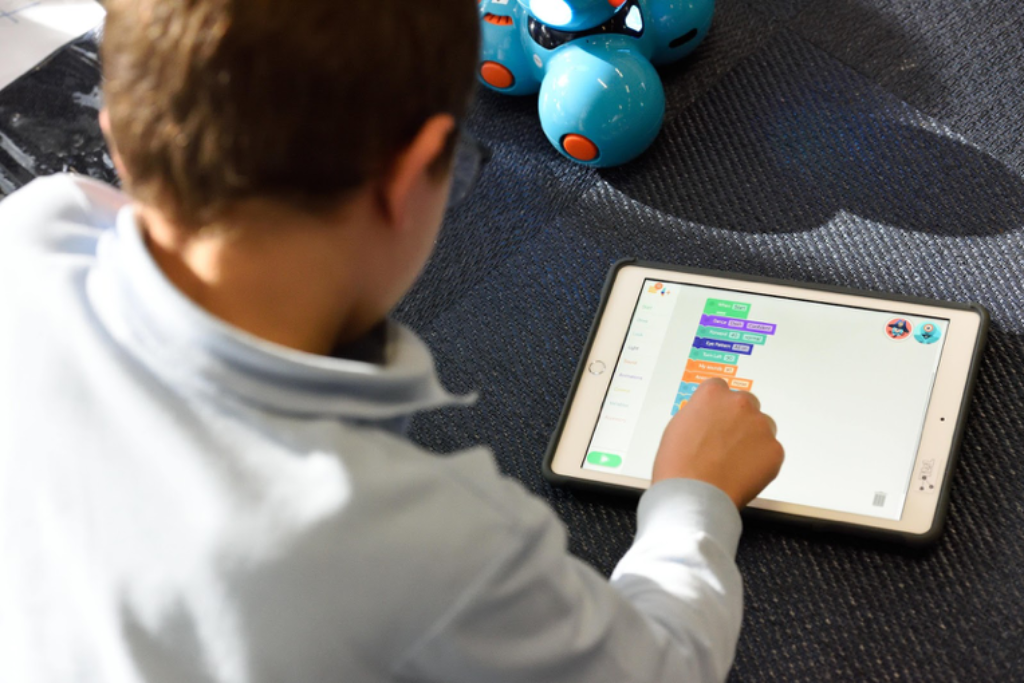As more schools consider closing temporarily in response to the COVID-19 outbreak, Ensemble Learning wants to provide you a list of tools you can use to ensure the well-being of your English learner communities. These resources can provide ongoing academic support and keep students and families connected to the school community.
OVERALL STRATEGIES TO CONSIDER
Review your existing curriculum resources for online supports, including links to home language versions of texts. Ensure students know how to access AND fully utilize these and other helpful programs such as Google translate.
- Consider quick video tutorials in English, as well as home languages using ScreenCastify or Quicktime (on a mac) to provide an explanation of resources and instructions that students can re-reference as needed. These videos can be uploaded to teacher websites, Google classroom, or other social-learning platforms.
- Assign student partners or buddies that can support English learners over Skype, Google chat, or the phone. Prepare students to support each others’ understanding of the material and directions.
- As you build lesson plans, consider providing graphic organizers and visuals with the lesson to support self-directed learning and to help English learners access complex text.
- Review the scope and sequence of the curriculum to identify the most important content to cover deeply rather than trying to cover everything you would cover if students were in the classroom daily. This will help English learners by limiting the academic vocabulary they have to grapple with, without your help.
- Provide virtual office hours (via any free video conferencing service or the phone) for students to get language support while working from home. Tell students to make a list of confusing terms or phrases they encounter to bring up during this time.
- Make sure students still receive feedback quickly through email, texts, phone or video, so that misconceptions do not linger and add confusion.
- Don’t forget to plan for the social-emotional needs of students as well by creating virtual community circles and checking in on everyone’s well-being as well as their homework.

ONLINE RESOURCES FOR ENGLISH LEARNERS
- Resource to learn English: BBC Learning English, Hello World!, ESL Video
- Resources for writing: Eduplace
- Resource for activities with recommended TV shows or movies: ESL Notes
- Resource for books and activities: Starfall
- Resources for online books: Children’s Library, Free Kids Books

If you are hoping to provide instruction remotely, consider the pros and cons of Asynchronous vs. Synchronous instruction for each lesson.
ASYCHRONOUS: Students learn at different times through email, screencasts, videos, blog posts/comments.
- Allows students wait time to process the information
- EL students can access other resources (such as online translators or dictionaries) if they’re confused
- Video allows replaying language if EL students need to hear something more than once
SYNCHRONOUS: Students learn at the same time via video conferencing, live chat or live streamed videos.
- Allows students to receive immediate feedback from the teacher on their understanding and pronunciation
- Teachers can check for understanding if students look confused
- Students are more likely to be exposed to academic language

LIMITED TECHNOLOGY ACCESS
If students will not have access to technology, consider:
- Sending home packets of instructional materials, including activities such as labeling objects at home, write a story a day, or independent reading with response logs.
- Ask the English learner support teacher to create targeted lessons for each EL student that addresses their areas of biggest need and continue to support English language development at home.
- Similar to above, consider a peer partner that can help support each EL student over the phone.
If students have access to a phone with applications, consider:
- Duolingo – The Ensemble staff uses this to learn languages and we love it! It has engaging practice in speaking, listening, reading, and writing
- Cram – An app that provides flash cards and games aimed at English learners
- Learn English – This app is more appropriate for older learners, but it provides grammar lessons, vocabulary, and a pronunciation guide for learning English

Finally, don’t be afraid to reach out to the community for help supporting your students. Other parents, church groups, and civic groups may be able to help with remote translation services or by checking in on your students via phone or online chat. We’re all in this together, and if ever there was a time to support each other, it’s now!



